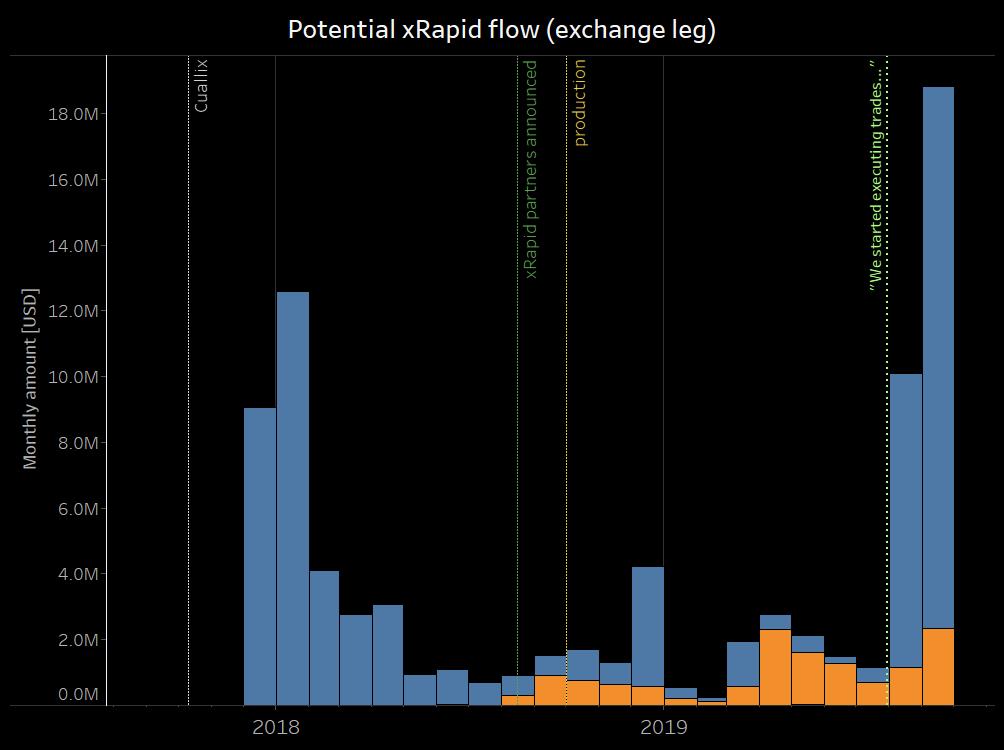Ripple
xRapid records over $18 million in transfers to Mexico & the Philippines in September

The enterprise payments blockchain company, Ripple, and its xRapid technology, saw transfers worth $18.9 million in September this year to Mexico and the Philippines. The growth, when compared to August’s numbers, was a steep one as the figures that month were below $11 million. The data was tracked by popular XRP community member @hmatejx, who tweeted,
“high likelihood of being actual xRapid traffic”

Source: Twitter | H_M_X_
According to data released by the World Bank, Mexico and the Philippines are among the world’s top remittance recipients, with figures accounting for $36 billion and $34 billion, respectively. Recently, liquidity broke an all-time high on Ripple’s xRapid-enabled exchange in Mexico known as Bitso. Also, XRP is the most traded fiat pair on Bitso, contributing 35.60% via the trading pair XRP/MXN, at the time of writing.
Source: The XRP Daily | Liquidity Index
With over 20 institutions under its hood, xRapid’s transactional volume has witnessed massive spike in September. The number of xRapid transactions increased by 170% from the first quarter of 2019 to the second quarter. Additionally, Ripple, in its Q2 2019 XRP Markets Report, stated that the firm saw a 30% increase in the number of live xRapid partners in the second quarter of the year.
Ripple’s cross-border remittance product, xRapid, which is touted as a solution for on-demand liquidity leverages XRP, the native digital asset of the XRP Ledger, as a real-time bridge between sending and receiving currencies.
In an official release explaining the product, Ripple had stated,
“A payment journey with xRapid looks like this: a financial institution connects directly to digital asset exchanges in both the originating and destination corridors. The originating currency is exchanged into XRP which provides the necessary liquidity to power the final payment, and then in seconds that XRP is exchanged into the destination currency in the second digital asset exchange. Once this transaction takes place, the funds are sent out on the local rails of the destination country for payout. The transaction is tracked end-to-end, and the result is a cross-border payment that is cheaper and faster than ever before.”

